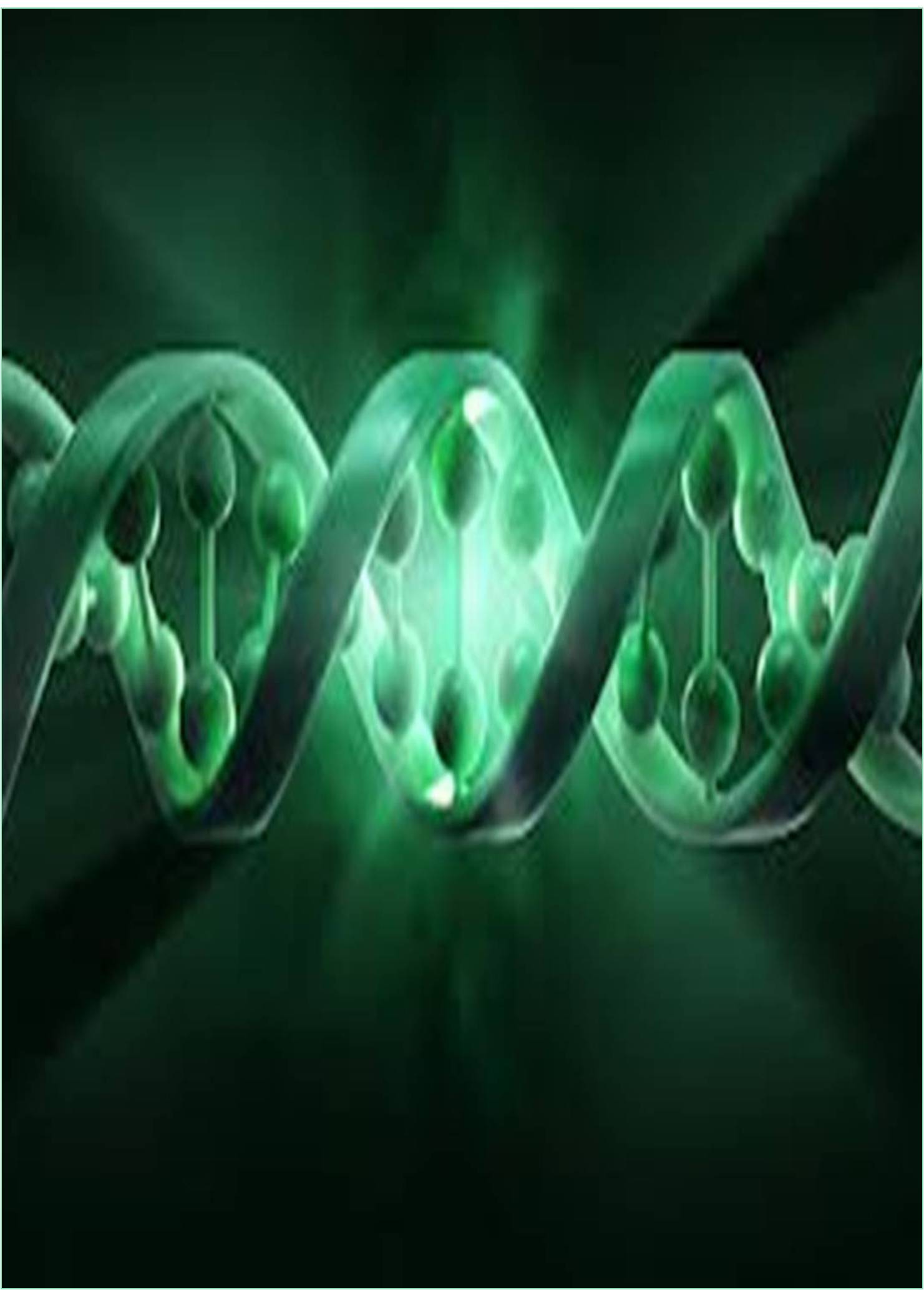



Received: 29-Nov-2022, Manuscript No. GJMEG-22-82832; Editor assigned: 01-Dec-2022, Pre QC No. GJMEG-22-82832 (PQ); Reviewed: 15-Dec-2022, QC No. GJMEG-22-82832; Revised: 22-Dec-2022, Manuscript No. GJMEG-22-82832 (R); Published: 29-Dec-2022, DOI: 10.15651/GJMEG.22.08.014
By recombining the genetic variability that is present in a gene pool to create trait-enhanced inbred lines, the objective of breeding wheat (Triticum aestivum L.) is to accumulate advantageous alleles. These genotypes are the product of a breeding cycle in which the parents are crossed, the offspring are inbred, and the best offspring are either released as a variety or chosen to be the parents of the following cycle. Numerous crucial wheat properties, such grain yield, are quantitatively inherited. Breeders are currently using Genomic Selection (GS) to increase the effectiveness of breeding for quantitative traits and to improve genetic gain per unit of time thanks to very affordable genome-wide genotyping capabilities.
Genomic Selection (GS) models the Genomic Estimated Breeding Values (GEBVs) of individuals connected to a Training Population (TP) using molecular markers and phenotyping data gathered in the TP. Then, based solely on their GEBVs, breeders can choose superior individuals to serve as the parents of the following breeding cycle, advance lines through trialling stages, forecast line performance in untested environments, collaborate on multilocation testing, and share wheat lines among breeding programmes with sparse testing.
A benefit of GS over Phenotypic Selection (PS) is that it can drastically shorten breeding cycles and intensify selection. In contrast to PS, GS has the potential to modify allele frequencies more quickly due to its shorter cycle time and stronger selection intensity. In closed breeding populations, drift and selection are the primary determinants of allele frequencies, and both can result in allele fixation and decreased genetic diversity. Most research on wheat's dynamic genetic diversity has been done in the context of history and domestication. Microsatellites were utilised to analyse the allelic diversity of 480 European wheat varieties produced between 1840 and 2000, as well as the change in genetic diversity of spring wheat types released in the Nordic nations between 1900 and the 1990s.
These investigations revealed changes in diversity, mostly caused by the breeder's temporal requirements and diversity management techniques. Microsatellite allele variations in populations of wheat with and without improvement for a particular trait were investigated. The microsatellite diversity of wheat genotypes without improvement was higher than that of wheat genotypes with improvement. When comparing the microsatellite diversity of T. tauschii, landrace cultivars, and modern wheat cultivars, it was found that the rate of increase or decrease in diversity was trait-dependent, as selection for one trait could increase allelic diversity while selection for another trait could reduce allele diversity. The fact that T. tauschii was more diverse than the landraces suggests that diversity was reduced during domestication. The fact that current cultivars were less diverse than landraces suggests that breeding has reduced variability.
On the wheat genome, rapid cycling with GS may have unknown effects. The impact of rapid cycles of GS on genetic diversity, population structure, LD patterns, and allele frequencies must be evaluated. By keeping track of these population traits, it is possible to: a) plan crosses strategically; b) maintain trait genetic variation and response to selection; c) choose when to use new genetic variation; d) retrain GS models for accurate predictions; and e) comprehend changes to the genome brought on by rapid cycling with GS.